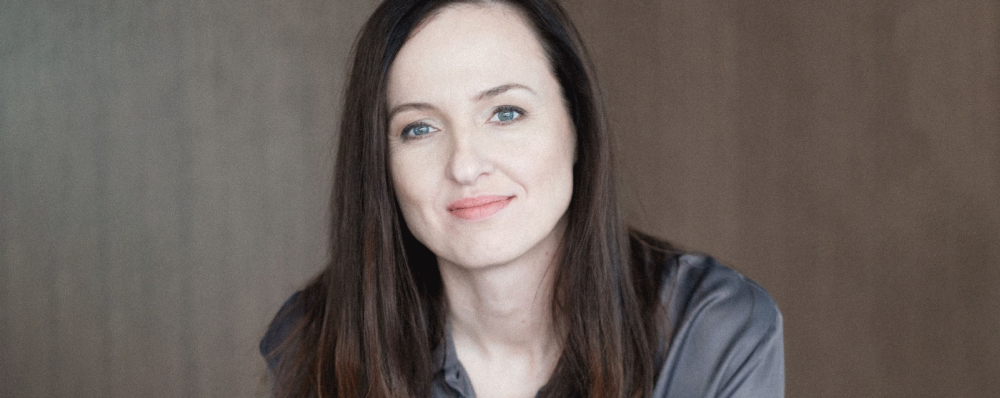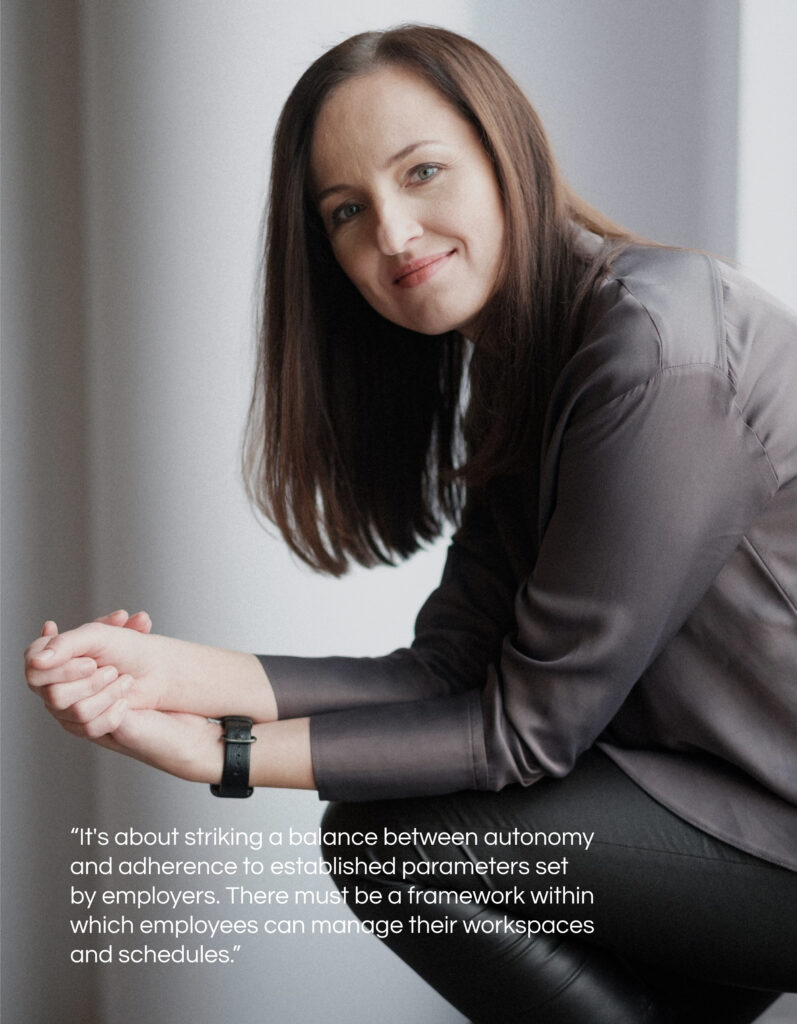
Tactile humans in a hybrid world
In the wake of a pandemic and with new generations entering the workforce, discussions around hybrid work have become ubiquitous, with companies reevaluating traditional office setups and embracing remote work options. Yet, as we navigate this new landscape, it’s crucial to be mindful of the true essence of hybrid work and its implications for both employers and employees.
At Baltika, our experience underscores the significance of discerning when and where hybrid work is appropriate, or even possible. For roles like fashion design, pattern making, quality assurance, sourcing, etc, where collaboration and tactile engagement are paramount, completely remote work proved impossible during the pandemic. We learned firsthand that certain tasks simply cannot be accomplished effectively without physical presence and interaction. The fabric of our work, quite literally, required hands-on attention.
On the other hand, hybrid work also doesn’t equate to unrestricted freedom for employees whose tasks require a less “hands-on” approach. It’s not akin to freelancing, where individuals dictate their schedules and work environments entirely. Instead, it’s about striking a balance between autonomy and adherence to established parameters set by employers. There must be a framework within which employees can manage their workspaces and schedules while fulfilling their responsibilities effectively.

This distinction is crucial, as misconceptions abound regarding the nature of hybrid work. It’s not about unchecked flexibility but rather a structured approach that can also pose a challenge to some managers. Micromanagement arises when managers overstep agreed-upon guidelines without valid business reasons, undermining the trust essential for successful hybrid arrangements.
The shift towards remote work necessitates a re-evaluation of people management practices. The emphasis on team cohesion and the use of collaboration tools becomes paramount in a dispersed work environment. While cost savings from reduced office space are apparent, these funds must be reinvested into nurturing connections and cultivating a cohesive organizational culture.
Humans are still social animals, even in an increasingly digital world. As an introvert myself, I once turned down a fully remote job offer, cognizant of the potential isolation it could entail. While technology enables virtual connectivity, it’s imperative to balance that with face-to-face interactions and shared tactile experiences in fostering meaningful relationships within teams.
Looking ahead though, technology will need to become much more effective in satisfying our need for meaningful and tactile connections. Future generations will soon revolutionise the landscape of employment in a way that makes petty debates over hybrid obsolete. The concept of New Work has taken over most forward-looking companies already, but it will not stop there. Once the older generations start to retire from law-making and top leadership positions, the full potential of structured flexibility should be harnessed, and the gig economy can effectively merge with traditional employment into something new and beautiful. Baltika will be here for it when that happens.
Tiina Kärsna
Head of People at Baltika Group






